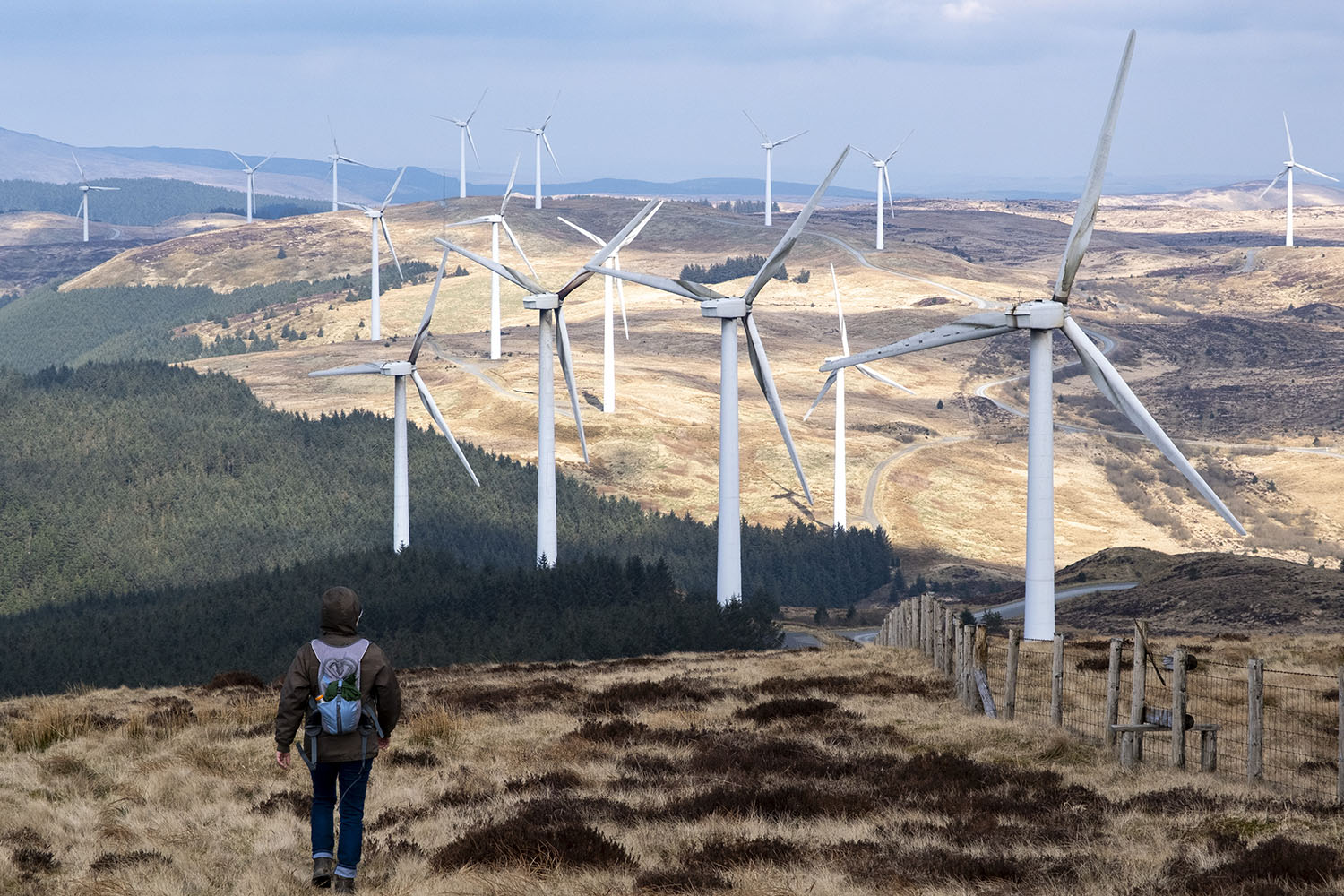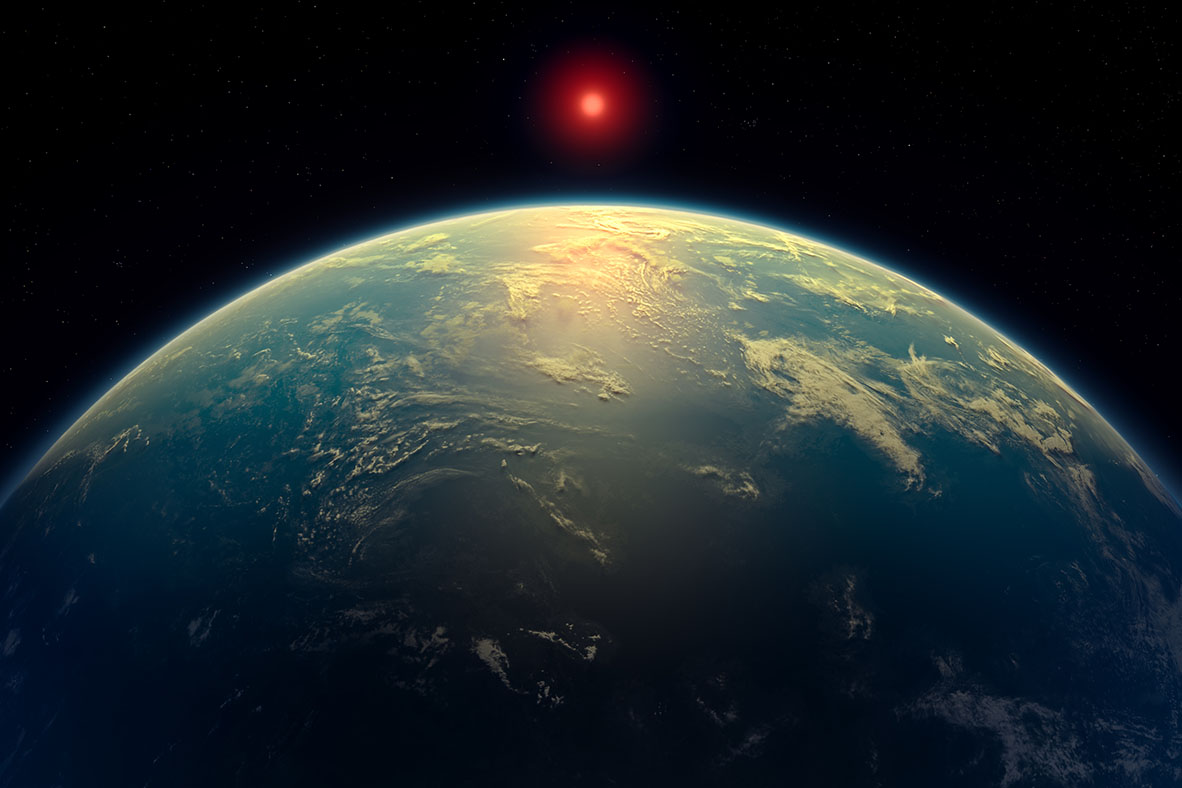First the Amazon, now all the land in the world. What used to be a tolerant carbon sink absorbing all or at least most of the CO2 emitted by humankind appears to have become a net emitter itself. The hope is that it’s temporary. A team led by scientists in Paris and Beijing estimates the total CO2 tonnage absorbed by the world’s forests, wetlands, grasslands, soils and bogs last year has been smaller than what they emitted in the process of decomposing and, crucially, burning. The Amazon first switched from carbon sink to source in 2021. That, too, is reversible in principle. But in both cases a return to the kind of carbon cycle that has sustained life for millennia depends on less logging, fewer droughts, fewer wildfires and an accelerated uptake of the kind of regenerative agriculture that adds farmland to the list of natural carbon sinks. The human species emitted 37.4 billion tonnes of CO2 last year, the hottest on record. Only half of it was reabsorbed.








